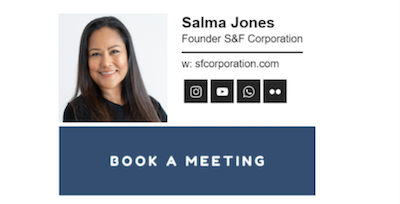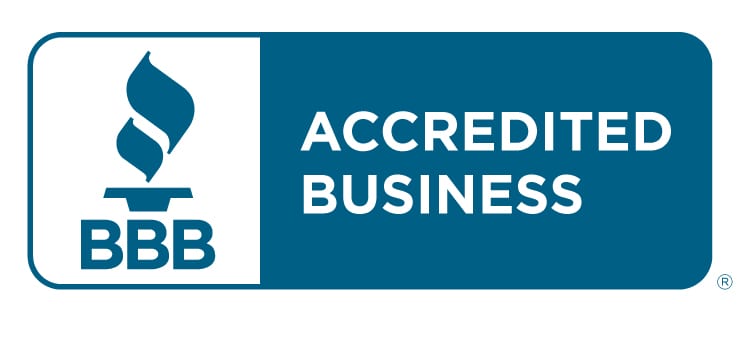
Marketing to Gen Z: A Quick Guide
Are you in touch with Gen Z?
The nation’s next big generation of spenders grew up in an era of connectivity and social influence, both in terms of how they relate to each other and how they relate to brands. To get their attention, you’re going to have to know what’s important to them. Here’s a quick explainer to get you started.
What is Gen Z?
Generation Z refers to young adults born in the years 1996 to 2015. And they’re about to surpass Millennials as the most populous generation on the planet.
How Gen Z Feels About…
As the most racially and ethnically diverse generation of Americans to date, it’s difficult to generalize about Gen Z’s opinions. What we do know though: Members of Gen Z have lived their whole lives online, and that’s affected how and where they’re spending their money — and their feelings about the market in general.
- Brands: Authenticity is the name of the game when appealing to Gen Z, with 82% saying they trust companies more if they use real people in advertisements.
- Capitalism: Only 20% of Gen Z has “very positive” views about capitalism, which is fewer than any preceding generation.
- Social Media Marketing: Gen Z isn’t just completely tuned in to social media marketing they’re also redefining it. So while they’re happy to engage with brands, it’s increasingly on their own terms.
What It All Means
Gen Z has high digital expectations for brands. Looking ahead, you’ll need to invest in new platforms and the authenticity of your image.
This generation is spending big, but you have to earn it. If you need more guidance on how to do it, get in touch.










